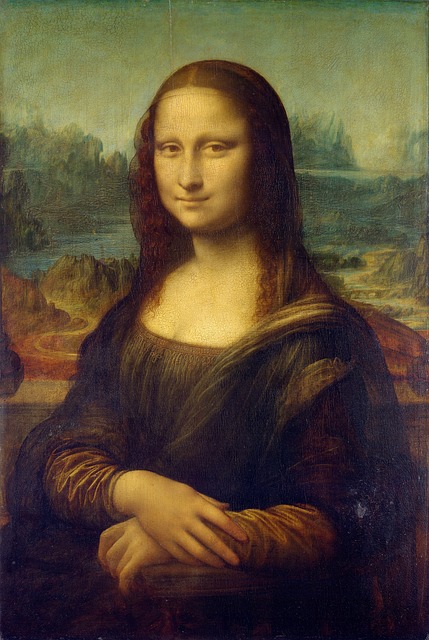Leonardo da Vinci’s ‘Mona Lisa’ stands as one of the most iconic, celebrated, and analyzed pieces of art in history. Displayed prominently in the Louvre Museum in Paris, this masterpiece continues to intrigue art enthusiasts, historians, and visitors from all walks of life. Central to its allure is the subject’s mysterious smile. Let’s venture into the world of Renaissance art and unravel the enigma behind the ‘Mona Lisa’ and her captivating expression.
1. A Brief Overview of ‘Mona Lisa’
Before delving into the enigmatic smile, it’s essential to understand the painting’s background:
- Origins: Leonardo da Vinci painted the ‘Mona Lisa’ between 1503 and 1506, possibly continuing until 1517.
- Subject: While most historians agree the woman depicted is Lisa Gherardini, wife of Florentine merchant Francesco del Giocondo, there are other theories suggesting alternative identities.
2. The Science of the Smile
Modern technology has allowed a deeper exploration of the ‘Mona Lisa’ smile:
- Chiaroscuro Technique: Leonardo employed this shading method to create a soft transition between light and dark, giving depth and three-dimensionality to the face.
- Sfumato Technique: This smoky, layered technique obscures sharp outlines, leading to a more realistic portrayal and contributing to the smile’s elusive quality.
- Optical Illusion: Some researchers propose that the smile appears and disappears due to human peripheral vision. When one looks directly at the smile, it seems more subtle, but as one’s gaze drifts, it appears more pronounced.
3. The Emotional Depth
Leonardo’s brilliance in portraying human emotion is evident in the ‘Mona Lisa’:
- Ambiguity: The smile straddles the line between joy and melancholy, creating an emotional ambiguity that has puzzled viewers for centuries.
- Unfathomable Depth: The neutral backdrop focuses attention on Mona Lisa, making her inscrutable emotions and thoughts the painting’s core.
4. The Cultural Impact of the Smile
The ‘Mona Lisa’ smile has left an indelible mark on popular culture:
- Artistic Inspirations: The painting has inspired countless artists, leading to reproductions, parodies, and reinterpretations.
- Literary References: From poetry to prose, the ‘Mona Lisa’ and her smile have found mentions, symbolizing mystery, beauty, and the human psyche.
5. Theories Behind the Smile
Numerous hypotheses attempt to decode the smile’s essence:
- Personal Grief: Some believe Leonardo’s personal grief over the recent loss of a loved one influenced the painting’s tone.
- Hidden Secrets: Speculations abound regarding hidden symbols or messages within the painting, contributing to Mona Lisa’s mysterious demeanor.
- A Mere Technique: Others argue that there’s no underlying mystery; the smile is a result of Leonardo’s unparalleled artistic technique.
6. The Universal Appeal
Despite the theories and analyses, the ‘Mona Lisa’ retains a universal allure:
- Relatability: The blend of joy and sorrow, evident in the smile, resonates with the myriad emotions experienced by humanity.
- Timelessness: Even after centuries, the ‘Mona Lisa’ remains relevant, with her expression evoking intrigue and admiration.
In Conclusion
The ‘Mona Lisa,’ with her enigmatic smile, embodies the pinnacle of Renaissance art, blending technique, emotion, and mystery. While the true essence of her smile might forever remain a subject of debate, its allure is undeniable. Leonardo’s masterpiece stands as a testament to art’s power to captivate, inspire, and mystify across time and cultures. As we stand before her gaze, we’re invited into a dialogue that transcends eras, making each viewer a participant in the grand tapestry of art and human emotion.
